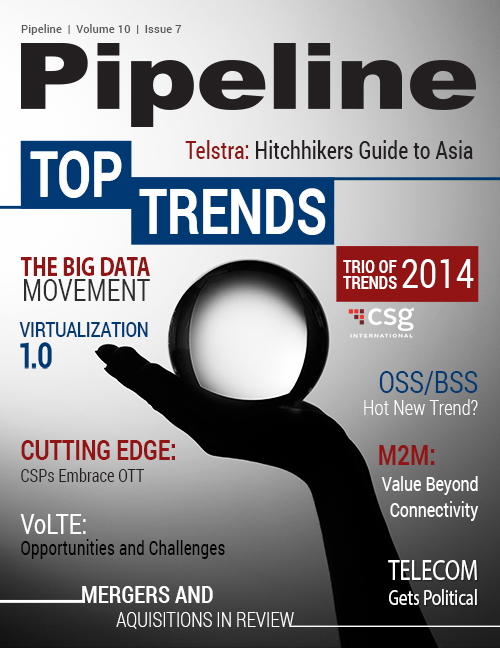M2M: Value Beyond Connectivity
But cellular connectivity has some tangible benefits over other short-range protocols like Zigbee and Bluetooth, including standardized frequencies and protocols, compliance certification, better coverage, and roaming. Axel Hansmann, VP of strategy and marketing communications at Gemalto M2M, says MNOs need to clearly communicate cellular technology’s benefits by making it as easy as possible to connect to cellular networks.
“This will help discourage customers from looking to other technologies to meet their connectivity needs,” he says. “In addition, MNOs need an efficient M2M architecture that enables them to meet specific requirements while securing profitability at lower revenue. Profitability, over the long lifetime of solutions, is what makes M2M technology attractive both to implementers and MNOs.”
Flexible SIM (subscriber identification module) provisioning, for instance, makes it simpler to deploy, scale and provision, driving down the cost in the bargain.
SIMs matter
The life span and flexibility of a SIM matters in terms of the long-term success and profitability of M2M. Simplifying the provisioning process is critical for keeping service costs down, and several approaches can be taken to make it happen. Etisalat, a CSP that serves the Middle East and Africa, recently launched an M2M Control Center that puts the management and provisioning controls in the hands of a client through a self-service portal.
“The launch of the M2M Control Center will enable enterprise customers to automate processes [and] streamline operations and scale faster,” said the company’s senior VP of information and communications technology, Abdulla Hashim, in an August press release.
Other innovations in the M2M space include self-provisioning SIMs as well as “ruggedized” SIMs, or MIMs (machine identification modules), that are intended to extend the life span of mobile-device connections and improve reliability.
“To boost connectivity reliability, MNOs should require M2M-optimized SIM cards to ensure longevity and reliability on their network,” Hansmann says. “Gemalto innovated MIMs ... specifically for this application. MIMs have industrial form factors for extended resistance and a dedicated mechanism [eXtended-Life] that extends M2M SIM-card life span up to 10 years.”
Verizon and the German company Giesecke & Devrient, which specializes in secure smart-card solutions, announced last month that they’ve deployed 4G LTE MIM cards for mobile M2M. These MIMs are designed to hold up in the most extreme conditions, and they store data longer than regular SIM cards.
“Today’s connected machines require a more robust module than a smartphone or tablet,” said Mark Bartolomeo, VP of connected solutions for Verizon Enterprise Solutions, in a Giesecke & Devrient press release. “For certain business applications, the modules must be able to operate in extreme environments, such as sensors on power lines in changing weather conditions or routers in vibrating locomotive-engine rooms racing down a track.”
Value beyond connectivity
As M2M explodes in just about every vertical imaginable, it’s important for MNOs to commit to understanding the particular needs and challenges of the business in which their customers are engaged. According to Infonetics, last year’s M2M service revenues were driven, so to speak, by navigation, vehicle tracking and delivery applications, with automotive, transport and logistics making up a full third of total M2M revenues. But vehicle tracking has a vastly different set of demands than industries such as smart metering and mHealth.
Transatel is one provider that offers SIMs specifically aimed at the eHealth market. They can connect to any available network regardless of the CSP while supplying an easy interface with medical-device providers and allowing for remote assistance and home care.



















